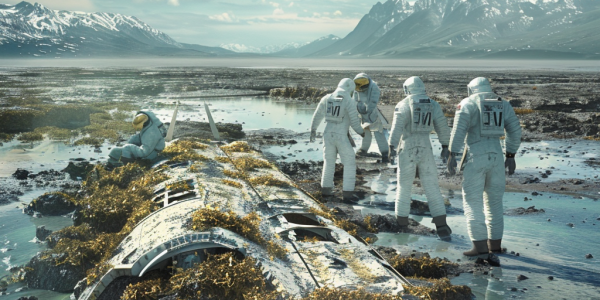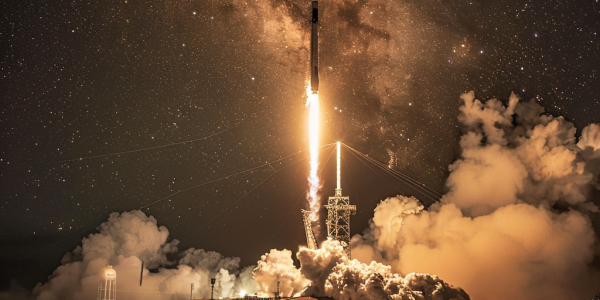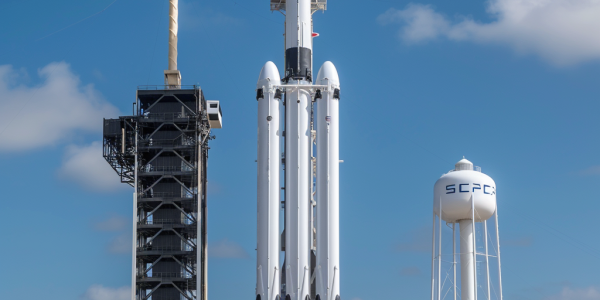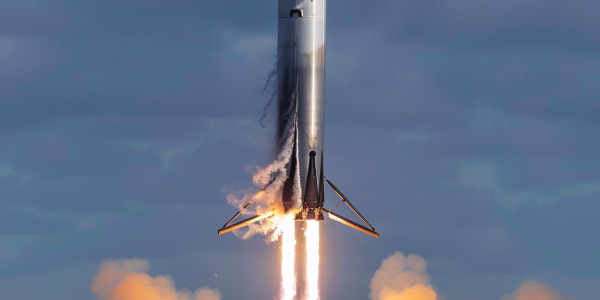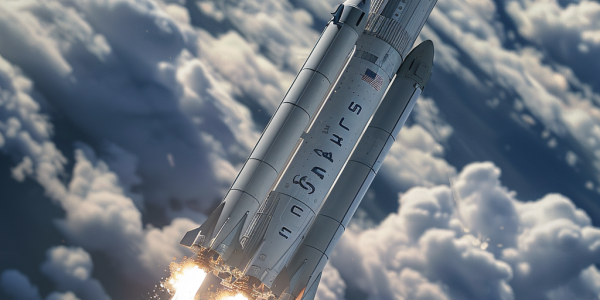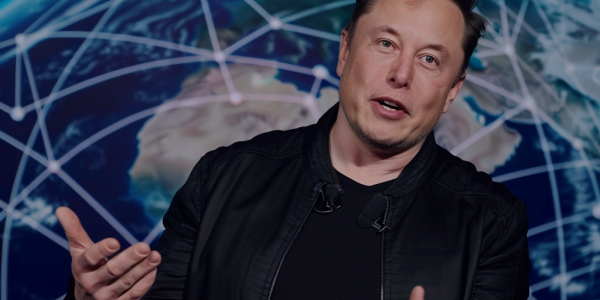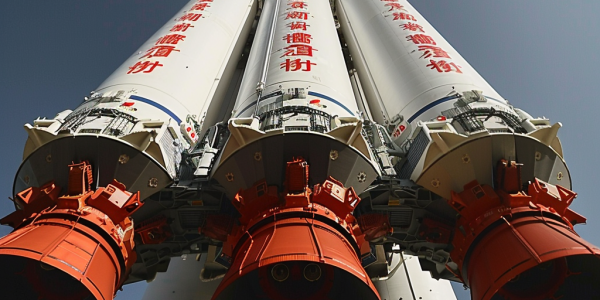Elon Musk Provides Tour of SpaceX Starfactory in Texas
Elon Musk provides a detailed tour of the Starfactory in Boca Chica, Texas, showcasing rocket components and the assembly of the Starship megarocket. Musk envisions production of up to 100 Starship spacecraft annually, with a long-term goal of potentially reaching a thousand. The tour highlights the innovative design of the next-gen Raptor engine and SpaceX’s focus on rocket reusability. As SpaceX prepares for crewed and cargo missions to the moon, the Starfactory represents the company’s commitment to innovation and advancement in space exploration.
NASA and SpaceX Collaborate to Address Growing Concern of Space Debris
NASA and SpaceX are working together to address the growing issue of space debris, with recent findings indicating that debris from SpaceX missions may not completely burn up upon re-entering Earth’s atmosphere. This poses a heightened risk of surface impacts, highlighting the need for improved debris modeling and mitigation strategies. As SpaceX’s Crew-8 prepares to return from the International Space Station in August, NASA warns of potential additional debris, emphasizing the importance of proactive measures to safeguard against potential risks to human lives and property.
Megaconstellations of Satellites Burning Up in Earth’s Atmosphere Raise Environmental Concerns
Megaconstellations of satellites burning up in our atmosphere are raising concerns about the environmental consequences. With thousands of satellites orbiting Earth, researchers are studying the impact of these burn-ups. The increasing number of satellites being launched, like SpaceX’s Starlink program, is adding to the growing concern of space debris re-entering our atmosphere. Calls for increased scrutiny and environmental assessments are being made to safeguard our planet from the repercussions of satellite burn-ups.
SpaceX Prepares for Double-Header Falcon 9 Launch Tonight
SpaceX is preparing for an exciting double-header Falcon 9 launch, monitoring weather conditions for optimal success. With recent milestones and setbacks, the aerospace company is gearing up for two back-to-back missions less than six hours apart, showcasing their commitment to pushing the boundaries of space exploration.
SpaceX Dominates Worldwide Spacecraft Launch Industry in First Quarter
SpaceX continues to dominate the spacecraft launch industry, launching 525 out of the world’s 626 spacecraft in the first quarter of the year. With a significant lead over competitors, SpaceX also outshined in terms of weight, launching approximately 429,125 kilograms compared to CASC’s 29,426 kilograms and Roscosmos’ 23,782 kilograms. Analysts highlight SpaceX’s industry leadership, with the company leading the pack in launches. Florida has seen a surge in orbital launches, with SpaceX accounting for the majority. Starlink, SpaceX’s high-speed internet network, recently expanded to Sierra Leone, marking the 100th country served by the network.
NOAA’s GOES-U Satellite to Launch Aboard SpaceX’s Falcon Heavy Rocket in June
NOAA’s GOES-R series constellation nears completion with the upcoming launch of its GOES-U satellite on SpaceX’s Falcon Heavy rocket. This marks a shift from ULA’s Atlas V 541 rocket, with SpaceX winning the bid for this mission. Falcon Heavy’s cost-effectiveness and performance criteria were key factors in NOAA’s decision, as it prepares for this historic launch.
SpaceX’s Starship Test 4 Marks Milestone in Space Exploration
SpaceX’s Starship Test 4 on June 5 showcased the capabilities of Elon Musk’s super rocket, marking a significant milestone in space exploration. Despite minor issues, the successful test flight received praise globally, with live stream footage captivating audiences. Elon Musk and NASA Administrator Bill Nelson hailed the achievement, emphasizing progress towards missions to the Moon and Mars. With each test, SpaceX gets closer to reshaping space travel with Starships.
U.S. Space Force selects Blue Origin, SpaceX, and United Launch Alliance for National Security Space Launch Phase 3 program
Blue Origin, SpaceX, and United Launch Alliance have been chosen by the U.S. Space Force for the National Security Space Launch Phase 3 program, with contracts potentially valued at $5.6 billion over the next five years. This milestone marks the first time Blue Origin will launch sensitive national security satellites, while SpaceX and United Launch Alliance have previously held Phase 2 contracts. The NSSL Phase 3 program includes two lanes for different types of missions, with Lane 1 focusing on less demanding launches to low Earth orbit. The selection of these three companies confirms their capabilities met the specified criteria, as revealed by the Department of Defense’s announcement.
Elon Musk Plans to Launch Next-Generation Starlink Satellites at Lower Altitudes to Reduce Latency
Elon Musk, CEO of SpaceX, plans to launch next-generation Starlink satellites at lower altitudes to reduce latency for users. By bringing satellites closer to Earth, Musk aims to decrease latency for activities like online gaming and video conferencing. SpaceX needs FCC clearance before deploying up to 19,440 satellites at altitudes ranging from 340 to 360 kilometers.
Chinese Company Space Pioneer Secures $207 Million Funding for Tianlong-3 Rocket
Chinese commercial company Space Pioneer secures over 1.5 billion yuan funding for its reusable Tianlong-3 rocket, aimed at enhancing China’s launch capabilities. With a total fundraising exceeding four billion yuan, Space Pioneer emerges as a well-funded player in the commercial launcher sector in China.


